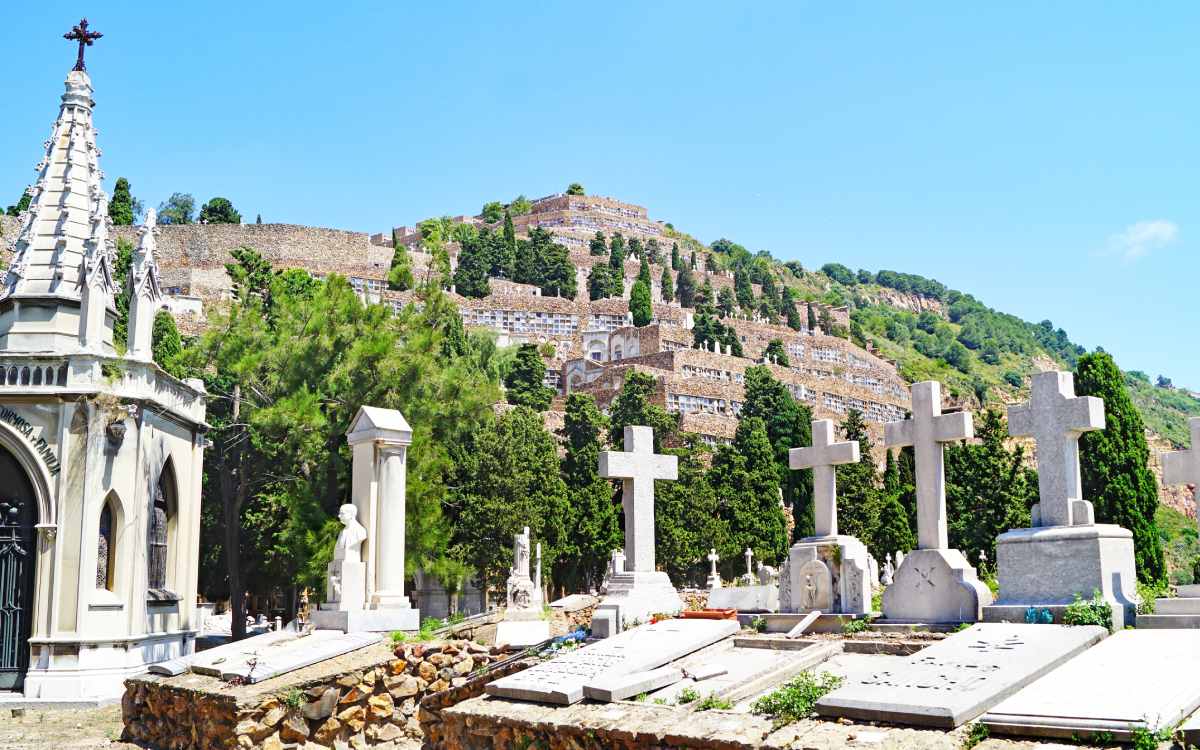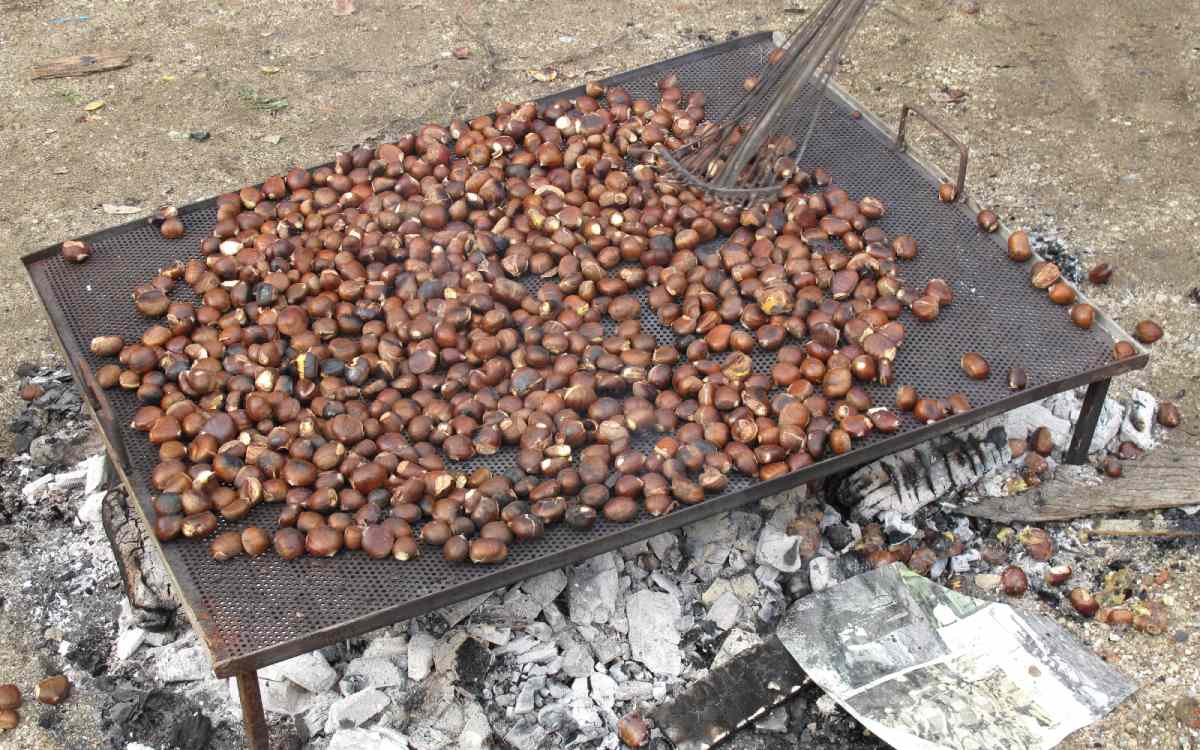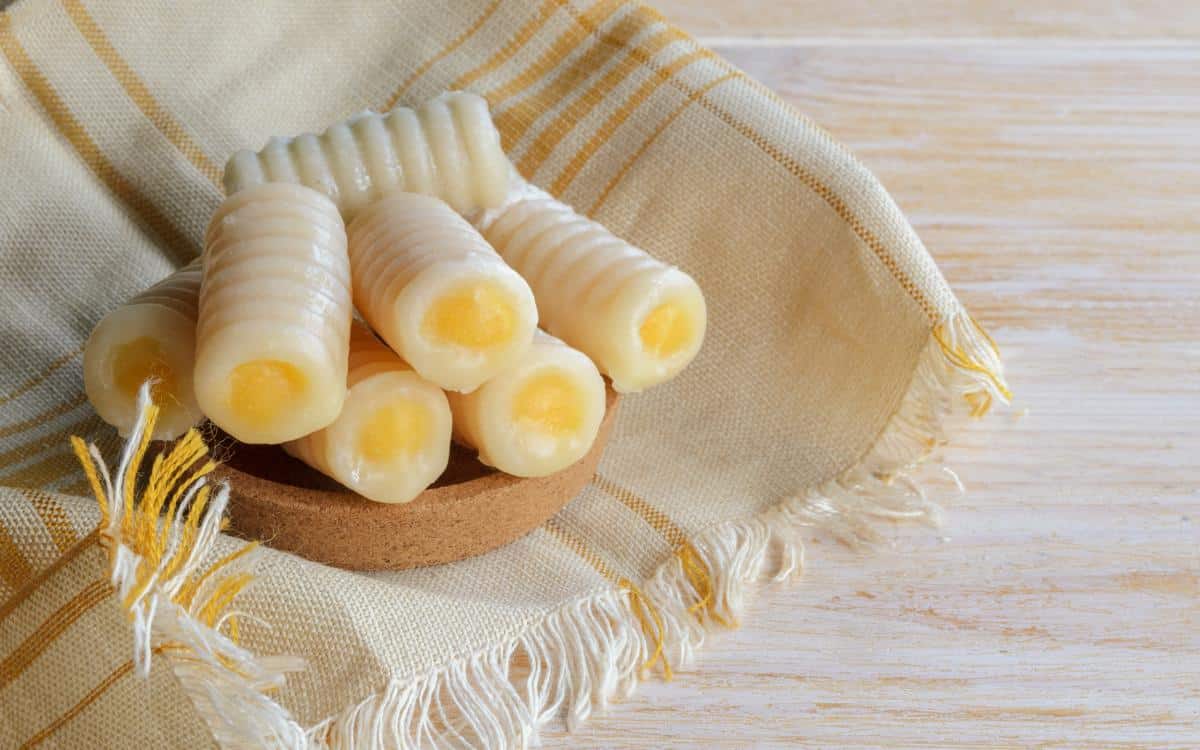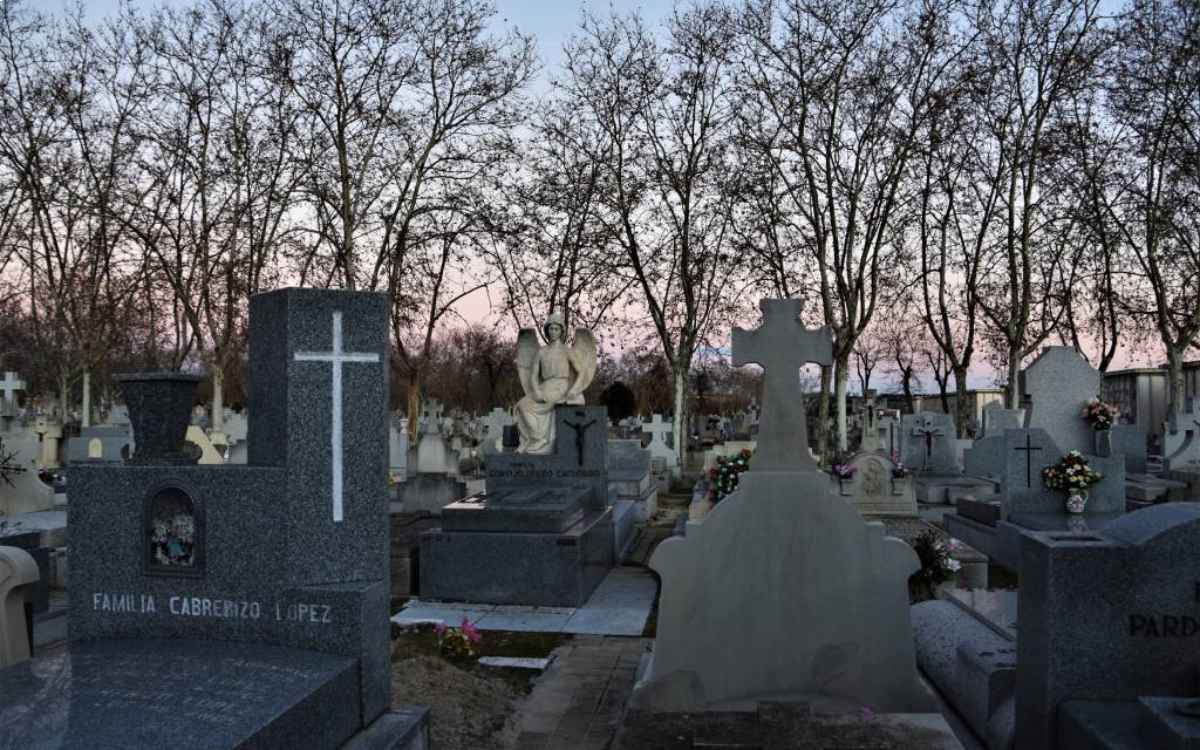
All Saints’ Day is one of the most popular Spanish holidays, but its popularity expands throughout the whole world. For this reason, it’s interesting to explore the origins of this festivity, the traditions of every autonomous community, the typical gastronomy around this event, and some of the most curious details of this day.

Montjuic cemetery, Barcelona. | Shutterstock
It is well-known that All Saints’ Day takes place every year on the 1st of November. This date is meant to honour our late loved ones. It is common for families to visit the graveyard and bring flowers to their relatives’ tombs. But what are the origins of this very special day?
Although its origins aren’t clear, All Saints’ Day is believed to have been celebrated for the first time in the 4th century. Christians were chased by Emperor Diocletian. There were many martyrs every day, which made it difficult to dedicate a day to each one of them. It was decided that they would all be remembered in one day. Later, in the year 610, Pope Boniface IV established a date to commemorate Catholic martyrs.
Around 1300 years ago, Pope Gregory III moved the original date to the 1st of November. He also assigned a chapel in Saint Peter’s Basilica to honour All Saints. In the 9th century, in the year 835, Pope Gregory IV extended this holiday to the entire Church.
Regarding the date, it is believed that the 1st of November was chosen because Samhain, the Celtic New Year, was celebrated on this day. The Church wanted to erase every pagan holiday, so Christian festivities were established instead. On another note, All Souls’ Day is celebrated in the 2nd of November to honour the dead that remain in the purgatory and pray for them to find God.

Chrysanthemums. | Shutterstock
Undoubtedly, bringing flowers to late loved ones’ tombs is the most popular and cherished All Saints’ Day tradition. Chrysanthemums are usually the favourite choice, but marigolds, roses, cloves, calla lilies, and gladiolus are common too. And the relics in every cathedral are exhibited, another typical tradition of this day.
In regards of specific locations in Spain, we should mention the fiesta de los Finaos in Canarias. At this dinner, the whole family shares stories and anecdotes about their dead relatives. In Cádiz, the Fiesta de los Tosantos is celebrated in the market—vegetables, fish, and meat put on their costumes, with the typical irony of Cádiz.

Magosto in Galicia. | Wikimedia
The abovementioned Samhain is celebrated in Galicia by decorating houses and lighting jack-o’-lanterns. Magosto is important too, a time to join friends to eat roasted chestnuts around a bonfire. But let’s not leave northern Spain yet! In Euskadi’s Gaztañerre Eguna, people come together to eat roasted chestnuts and snails by a bonfire.
In Extremadura, teenagers and young adults roast chestnuts in the countryside with their friends or family. They also eat membrillo (quince cheese) and pomegranate sprinkled with sugar. The Castanyada is typical of Cataluña, where castañas (chestnuts) are all that matters, besides panellets.
Gustavo Adolfo Bécquer’s Monte de las Ánimas is performed in Soria. Some people even dare to walk on bonfire debris, and lanterns light up the sky. Finally, José Zorrilla’s play Don Juan Tenorio is performed in Alcalá de Henares.

Huesos de santo. | Shutterstock
Some of the All Saints’ Day traditions centre around food, especially sweets and desserts. Buñuelos de viento with whipped cream, pastry cream, or chocolate are a great example. The huesillos made in Extremadura by the Clarisas are popular too and are also eaten during the Spanish Carnival and Holy Week.
Fogassa is the traditional All Saints’ Day treat from the Valencian community, and it’s similar to bread, but sweet potato is its main ingredient. Panellets are popular in many places, and they are made with sugar, crushed almonds, eggs, lemon zest, and pine nuts. Huesos de santo, hojuelas and chestnut cake are other traditional sweets.

Sunset on the cemetery. | Eva Gruss
Lastly, there are some All Saints’ Day traditions worth mentioning. For instance, cypresses can be found in most cemeteries due to the old belief that these trees could guide souls to Heaven. Nowadays, cypresses are still used in graveyards because their roots grow downward, so the tombs remain intact throughout the years, something that doesn’t happen with other species.
Bringing flowers to late loved ones didn’t have the same meaning it has now. As corpses weren’t embalmed then, they would start to stink after being exhibited for a few days for people to say their goodbyes. In order to hide this awful smell, people burned incense and covered the corpse with flowers. The tradition of bringing flowers is still alive, but its meaning has changed completely.
In conclusion, All Saints’ Day is an extremely important date in Spain. Traditions and gastronomy play an important role on this day, but the main goal is to spend it with your loved ones, whether they are still here or they are gone.